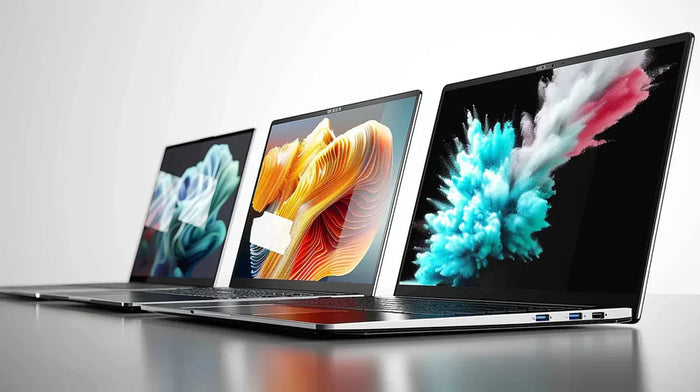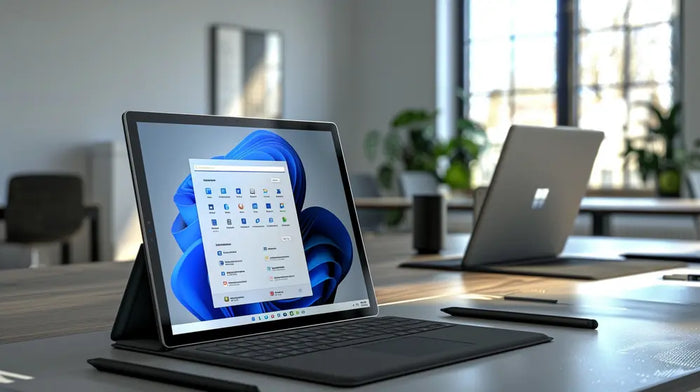Both NVIDIA and AMD are major players in the graphics card (GPU) market, powering the visuals in everything from gaming rigs to laptops. Here's how they stack up:
Price:
- AMD: The Value Option: AMD cards are often more budget-friendly at similar performance levels. This makes them a good choice for cost-conscious buyers.
- NVIDIA: Premium Features: NVIDIA cards can be more expensive, but sometimes offer advanced features or slightly better performance at the top end.
Performance:
- Generally Competitive: Both companies have a wide range of GPUs, from basic to super powerful. At any given price point there might be small tradeoffs between the two.
- Check Benchmarks: The best way to compare is to look for benchmarks of specific card models you're interested in (e.g., "AMD RX 6700 XT vs NVIDIA RTX 3070")
Features:
- Ray Tracing: NVIDIA was an early leader in ray tracing (realistic lighting effects), but AMD has caught up.
- DLSS: NVIDIA's AI-powered upscaling feature (makes games run smoother at high resolutions) has no direct AMD equivalent yet.
- Software & Drivers: Both offer software suites for controlling your GPU settings, though user opinions on them vary.
Other Considerations
- Power Usage: NVIDIA cards can sometimes be slightly more power-efficient.
- Laptop Options: Both have mobile GPUs for laptops, with similar tradeoffs.
- Used Market: If looking refurbished, age of the card matters! Older AMD drivers sometimes had more issues than NVIDIA counterparts.
Bottom Line: There's no clear-cut 'winner'. The best choice depends on your budget, specific games and programs you use, and any feature preferences.
Return to the technical glossary to learn more about the technology we reference throughout this website.



